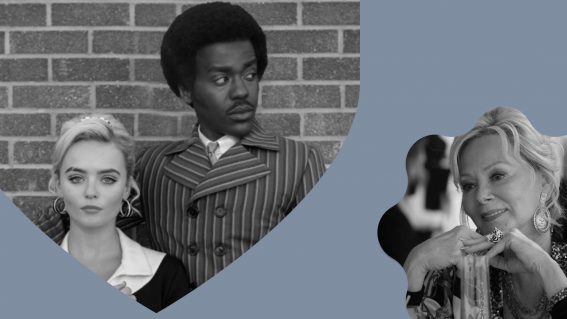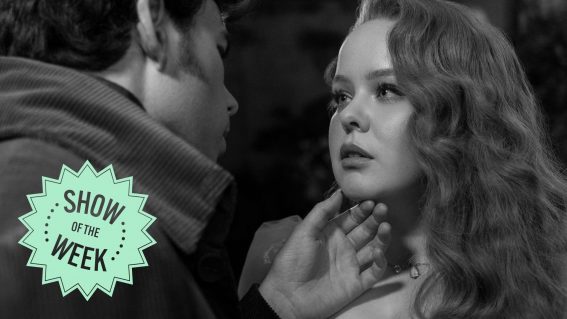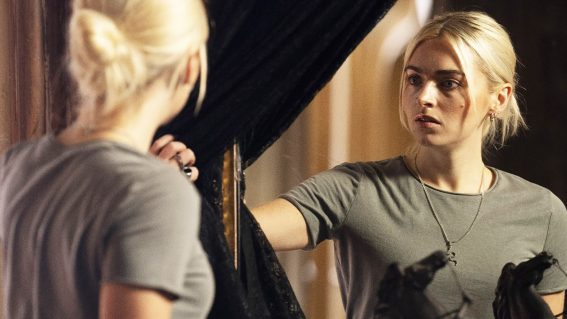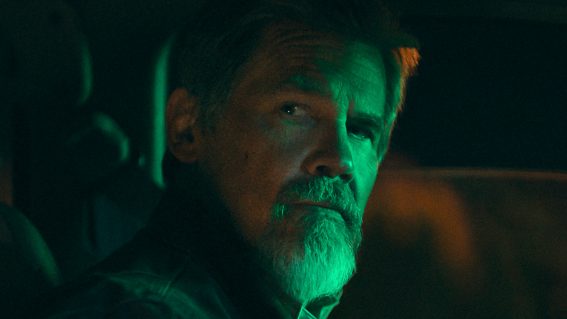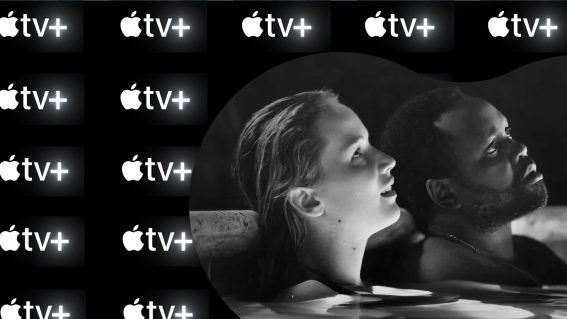Ranking the stories in The Midnight Club, from sad to record-breakingly scary

In Mike Flanagan’s newest sad-scary horror series for Netflix, The Midnight Club tell spooky tales to keep each other company at the end of their young lives. Here’s Eliza Janssen’s ranking, from the weakest to unforgettable tales of terror.
Denial, anger, bargaining, despair, acceptance: the terminally ill teens of The Midnight Club have experienced every stage of grief, and then regurgitated them back through the lens of classic campfire stories (well, fireplace stories) every night in the darkened library of the Brightcliff Home hospice.
Like many of director Mike Flanagan’s Netflix series, the show, an adaptation of beloved YA horror novels by Christopher Pike, uses creaky, familiar genre tropes to tell a very human story of found family and mortality. But within that larger narrative, which anthology segment shared by these morbid kids is the best?
Here’s our ranking of each scary segment told in season one of The Midnight Club, taking into consideration their spookiness, character development, and how well they work as standalone chapters of horror. (Side note: why did Cheri [Adia] never contribute her own story?! I’m convinced she’s actually a ghost, a member of a previous Midnight Club stirring up drama for the new batch.)
9. The Julia Jayne story
Despite nominally being our main character, Ilonka’s (Iman Benson) contributions to The Midnight Club canon are probably the series’ weakest, mostly serving to establish the first season’s antagonist and then to conclude the melancholy true story of the gang’s friendship.
She first proves herself worthy of the group with this fictionalised backstory of a former Brightcliff resident who was mysteriously cured, albeit with the nasty lingering symptom of being able to predict the death dates of those around her. It’s important to the show, but not especially scary or original.
8. The Eternal Enemy
We’d already seen one 80s-inspired tale of sci-fi and time travel before Spence (William Chris Sumpter) spins this queer The Terminator ripoff, so The Eternal Enemy’s reveals and bittersweet ending don’t hit as hard as intended. There’s also no horror, just some CGI that feels out of place in the show’s more Gothic atmosphere, and an admittedly tearjerking romance: the kind of college love affair our HIV-positive narrator will most likely never get to enjoy.

7. Witch
After ten episodes of sickness and loss, we don’t mind the wish-fulfilment of Ilonka’s supernatural yarn one bit. The story begins as her desire to prevent the terrors of an unknown future, and only concludes in the final episode, with each member of the club adding their own indulgent details to what they know is pure fantasy. The sequences are scare-free, and by the time Ilonka’s done we’ve already learned a few times that we are our stories: living on in the minds of listeners who love us long after our bodies fail.
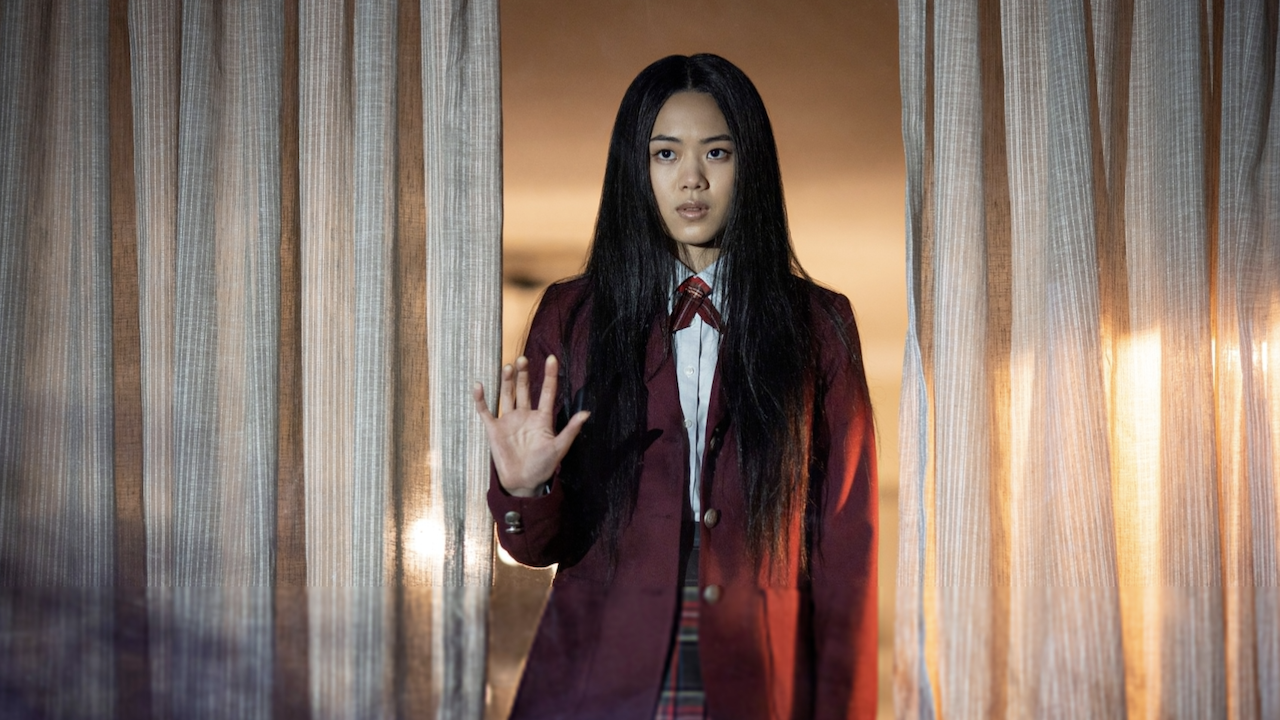
6. Natsuki’s Jumpscare Story
Mike Flanagan broke world records with this jokey opening tale, where Natsuki (Aya Furukawa) lazily packs a staggering 21 jumpscares into a simplistic ‘boy walks home alone at night’ narrative. Flanagan will seemingly never get enough of moldy, screaming faces with haunted white eyes. This half-assed, adrenaline-torturing segment doesn’t come close to the unpredictable terror of, say, The Haunting of Hill House’s best fright, but it gets the show’s most shameless scare tactics out of the way in a fun fashion.
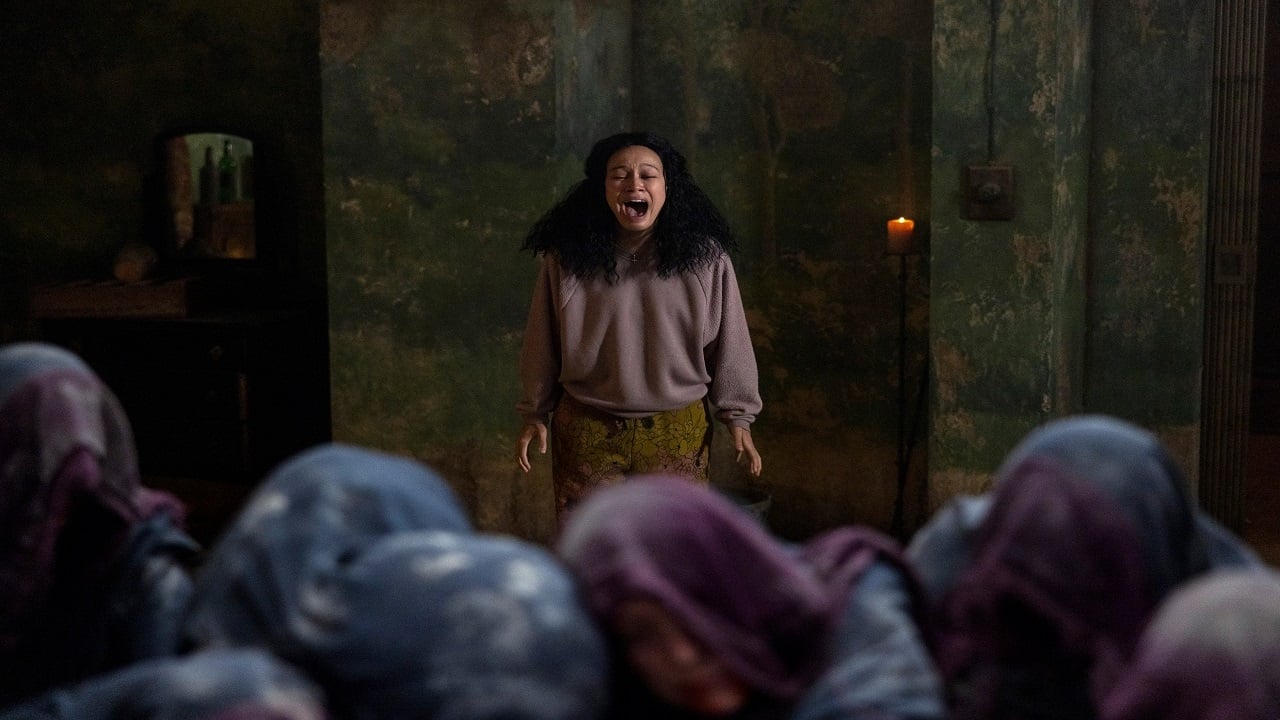
5. Give Me A Kiss
The pious Sandra (Annarah Cymone) can’t help but wrap up this noir-inspired black-and-white mystery with the introduction of some corny angels, and we love her for it. What comes before is a floridly written high-school whodunnit packed with twists—maybe too many of ’em, another good reason for the character’s retro dialogue to flow so rapidly. The setting, tone, and smoky visuals distinguish Give Me A Kiss from its fellow short stories.
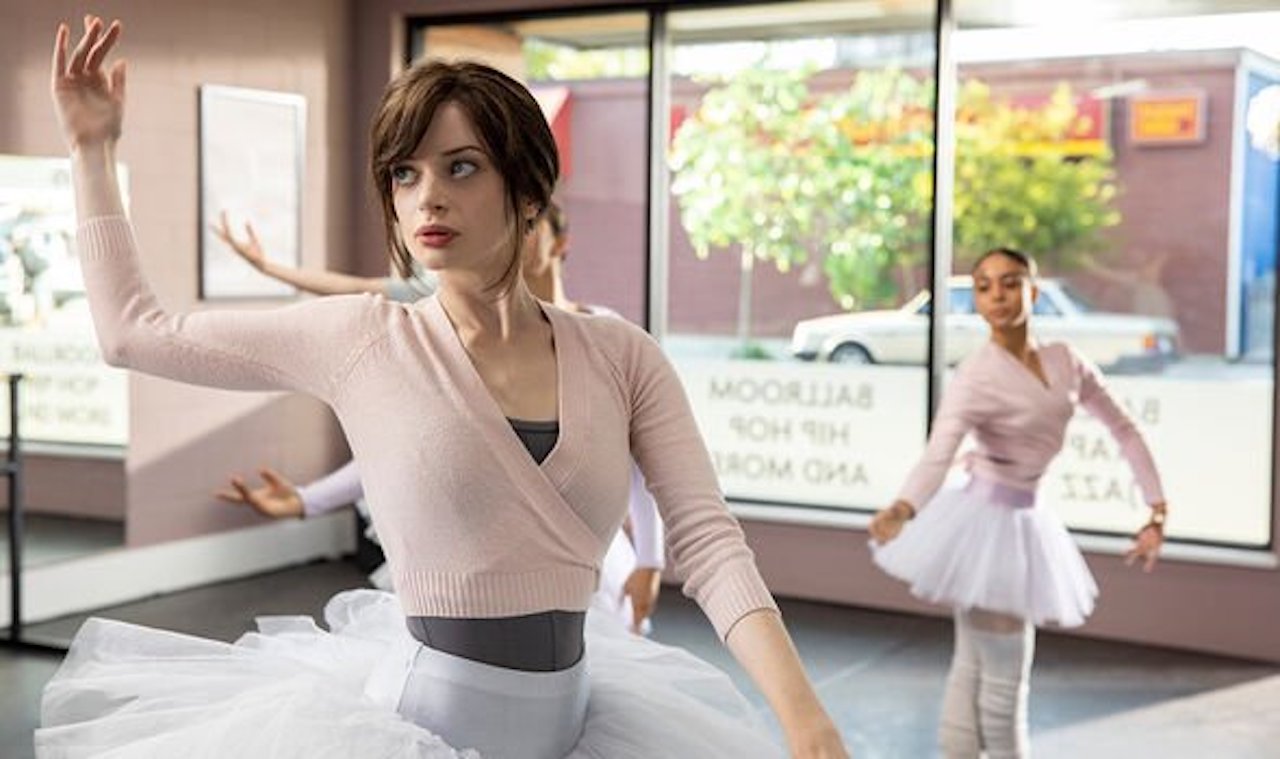
4. The Two Danas
Anya (Ruth Codd) packs some unexpected laughs and gruesome self-harm sequences into her story of a repressed ballerina’s deal with the devil (Heather Langenkamp, relishing the chance to get costumey). Doppelgänger horror stories are a dime a dozen, but what sticks here is the clear autobiographical details preying on our narrator’s mind, and the disturbing endnote that the surviving double may be experiencing her clone’s eternal agony from beyond the grave.
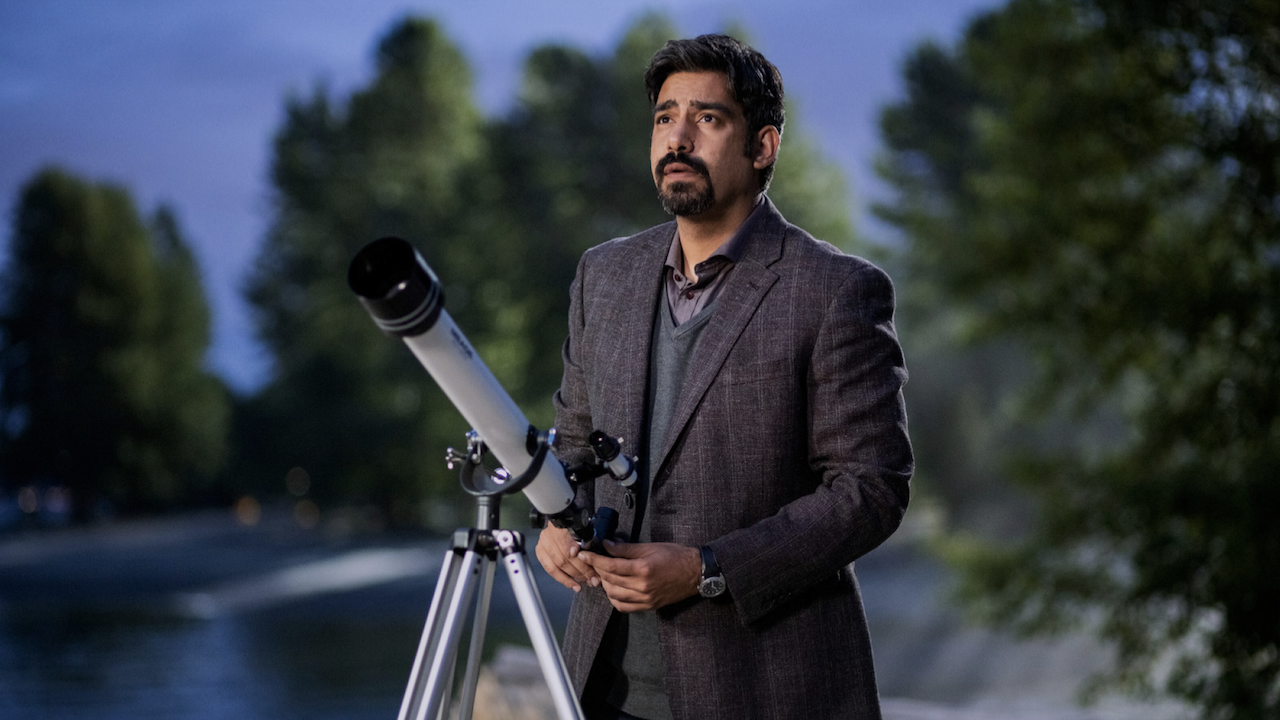
3. See You Later
This cinematic tale of time-travel and self-sacrifice feels an awful lot like Flanagan wanted to cram a feature-length idea into an anthology sequence: borrowing from Black Mirror, Looper, and La Jetée just a tad. It charts Amesh’s (Sauriyan Sapkota) yearning to “get the girl and save the world”, from desperation to the sad wisdom of acceptance, and we get a cameo from Flanagan regular Rahul Kohli for our troubles too. What results is big ideas carefully, caringly stuffed into a neat package.

2. The Wicked Heart
The longest-running of the season’s stories, Kevin’s (Igby Rigney) teen serial-killer saga is a clear rejection of his golden boy status, casting himself as haunted high-school killer Dusty. The narrative keeps getting cruelly interrupted, but that ends up working to its advantage, drawing out the culprit’s whilst his spectral victims scream silently over his shoulder. Spence is right: somehow, by the end, we’re left feeling sorry for a guy who’s slain half the girls in his homeroom class.
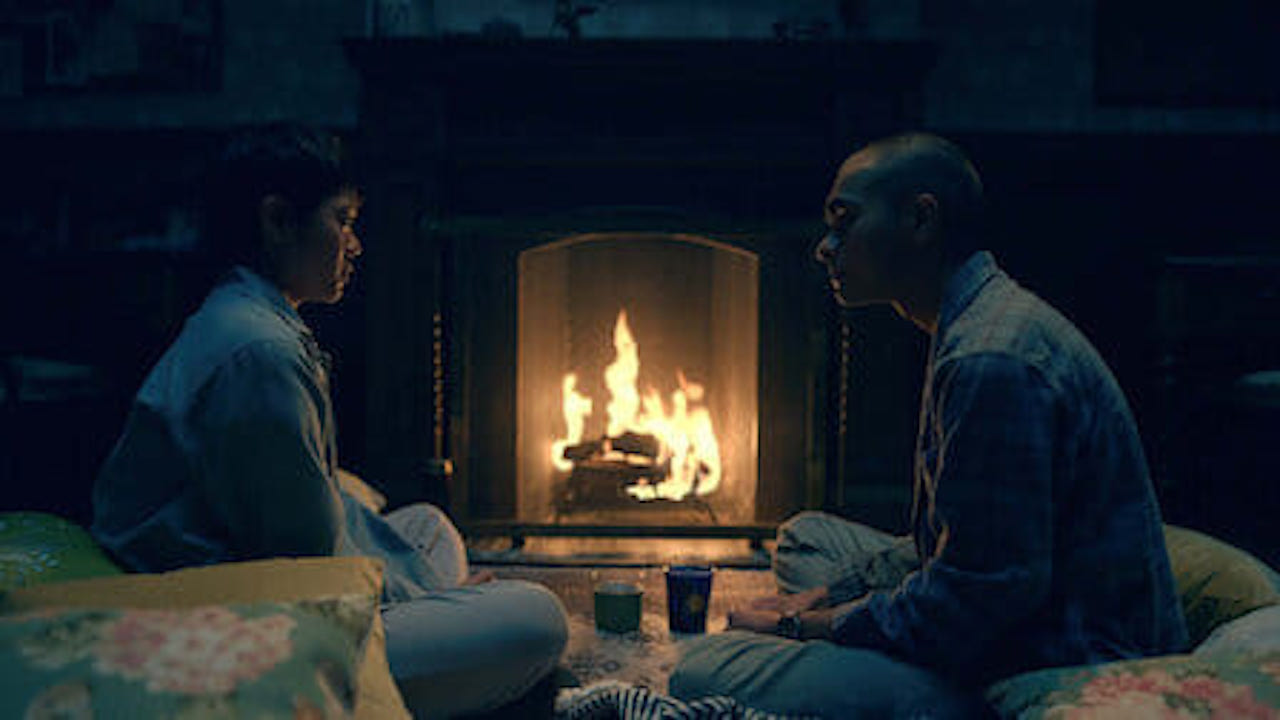
1. Road to Nowhere
Who the hell would interrupt their seemingly suicidal night drive to pick up two grungey hitchhikers? Natsuki explains herself to Amesh in private with this disorienting, captivating yarn, told to him alone as a sad expulsion of all her grief and self-loathing. It feels the most complete of all season one’s standalone stories, illuminating one quiet character but also the hefty mortal questions all members of The Midnight Club are wrestling with. They’re all running out of gas, and must decide which ghostly voice on their shoulder to follow into oblivion.



